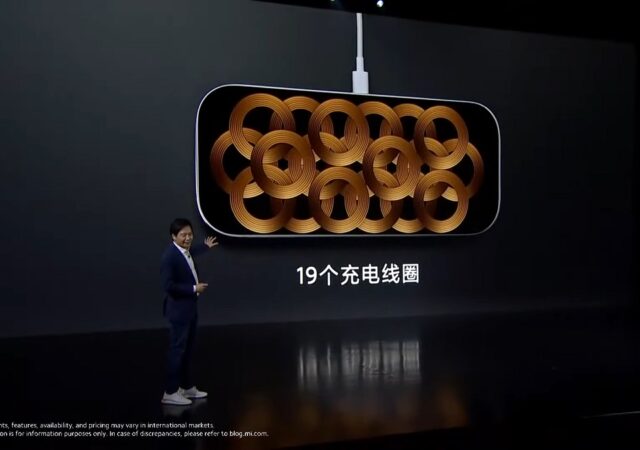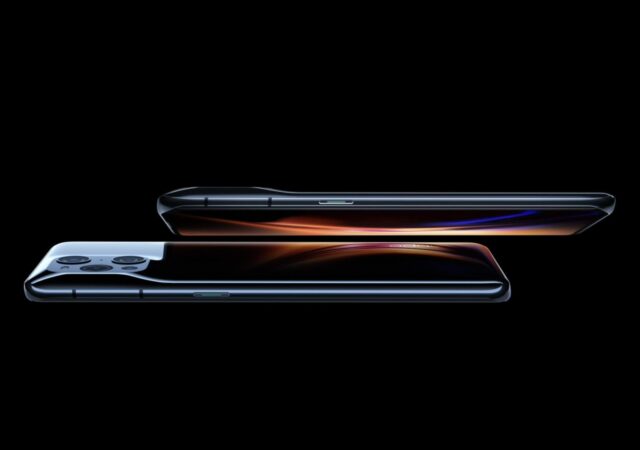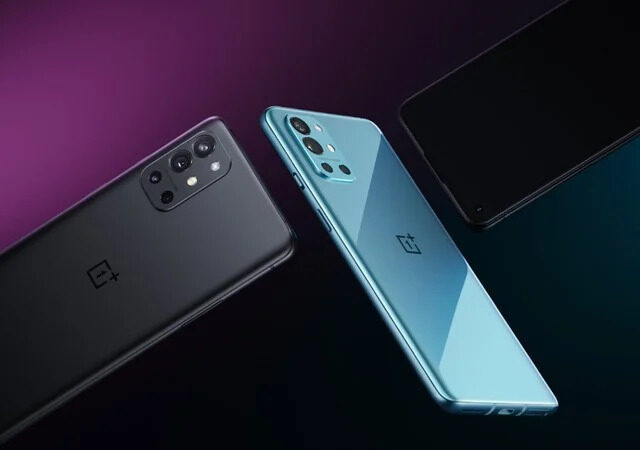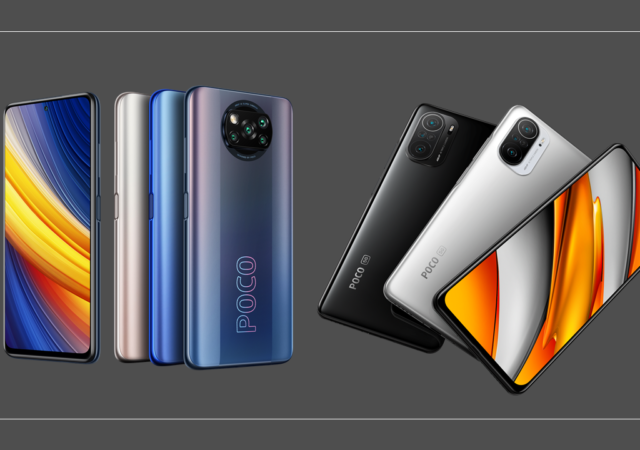Apple returns with WWDC for 2021. WWDC21 will be an all-virtual event and is set to be the biggest one yet by Apple.
Xiaomi Wireless Charging Solutions: Fulfilling Our Wireless Dreams
Xiaomi releases their new generation wireless charging with 80W capabilities and a pad that could charge up to 3 devices at 20W each.
Touch ‘n Go eWallet is Now More Than Just Payment with GO+
Touch ‘n Go launches a new financial management service, GO+. The new service embedded within the platform allows users to grow their assets.
OPPO Find X3 Pro Launches in Malaysia for MYR 4,299
OPPO Find X3 Pro is here in Malaysia! the new OPPO flagship sports two 50MP cameras and Snapdragon 888 5G at MYR 4,299.
Qualcomm Working On Gaming Hardware Similar to the Nintendo Switch
Qualcomm looks to be creating a new mobile console that mimics the form factor of the Nintendo Switch.
Alongside the OnePlus 9 and OnePlus 9 Pro, the OnePlus 9R Launches in India and China.
OnePlus launches the budget friendly OnePlus 9R alongside OnePlus 9 and Oneplus 9 Pro in India and China packing Snapdragon 870 5G.
OnePlus 9 Series Launches with Hasselblad Camera
OnePlus launches the OnePlus 9 flagship series to the world. The OnePlus 9 series also features Hasselblad co-developed cameras.
POCO Unveils Two New Performance Oriented, Affordable Flagships – The POCO F3 & POCO X3 Pro
POCO unveils two flagships to bring more value to its consumers with the POCO F3 and POCO X3 Pro powered by the Snapdragon 800 series compute platforms.
Samsung Galaxy A Series Pricing & Availability Revealed for Malaysia
Samsung recently unveiled their new Galaxy A series smartphones. The new entries take Samsung’s pre-existing approach to midrange phones and turns in on its head. This year the Galaxy A series comes with specifications that push the old envelope for…

















